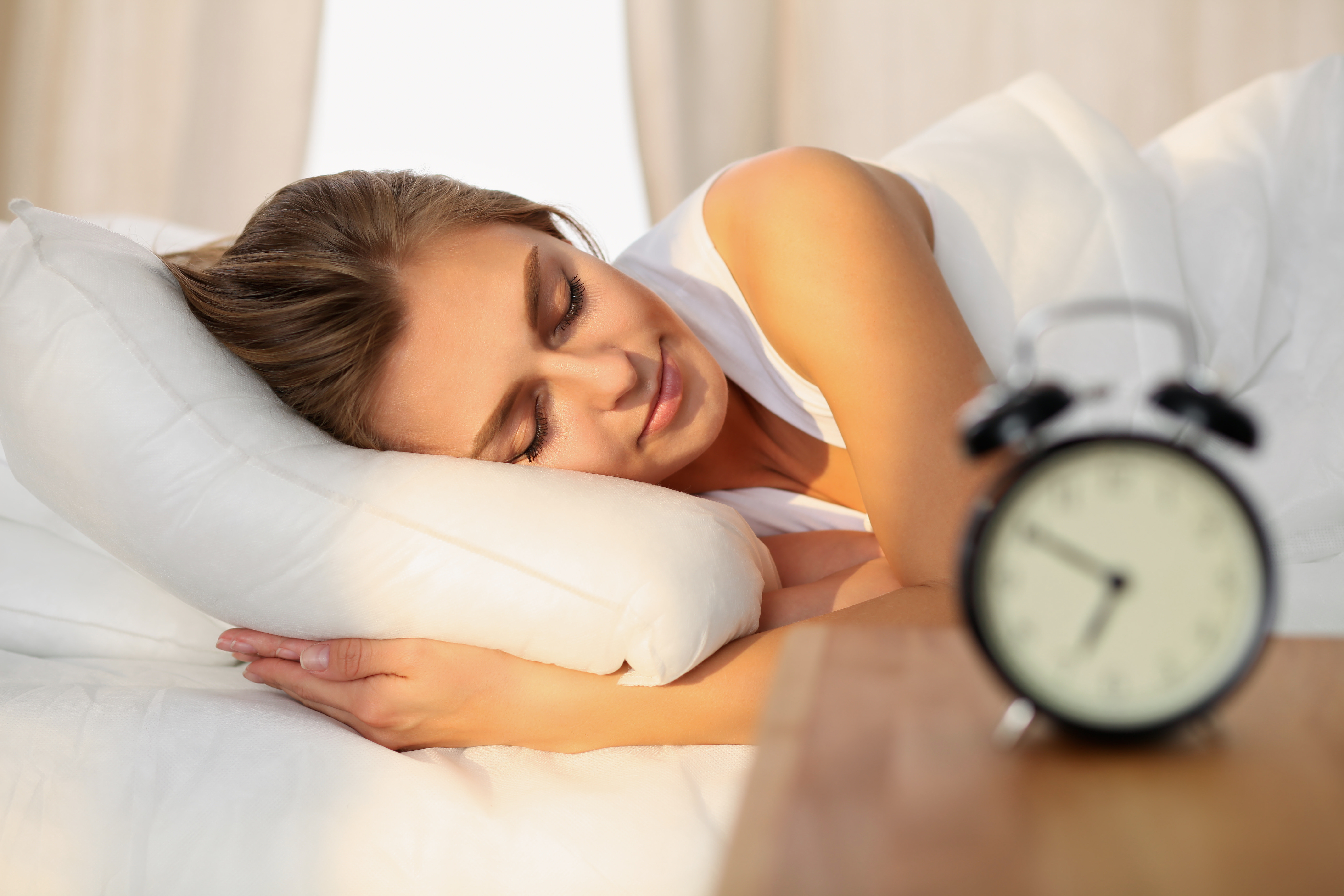Roughly 3% or more of American adults are living with a panic disorder. Many of these adults experience nocturnal panic attacks that could be a result of undiagnosed obstructive sleep apnea.
A panic disorder is when a person frequently experiences debilitating anxiety and fear without reasonable cause. Symptoms of a panic disorder can include headache, dizziness, difficulty breathing, hyperventilation and elevated heart rate. The symptoms of a panic disorder are similar to that of obstructive sleep apnea especially when experienced nocturnally.
If a person suddenly awakens from a deep sleep with chest pain and difficulty breathing, it can leave that person feeling suffocated and dizzy. This person may go to an emergency department only to be told that these are symptoms of a panic attack.
Similarly if a person suffers from obstructive sleep apnea (OSA), the muscles of their upper airway relax too much during sleep and the airway closes off. They can experience lapses in breathing up to 30 times per hour. Blood oxygen levels fall causing the person to arouse for a few seconds. They are then able to take some quick, deep breaths, typically with snoring. In these few seconds, people may be aware of being choked and may feel their heart racing. These sensations can cause panic.
If a person is unaware that their breathing has stopped periodically during sleep or that they snore loudly, they may believe that panic attacks are waking them from sleep rather than the possibility of OSA.
When a person complains of nocturnal panic attacks, doctors tend to rule out disorders that commonly mimic panic disorder such as hyperthyroidism and post-traumatic stress disorder; but frequently do not consider sleep disorders.
A person suffering from panic disorders should discuss the risks of obstructive sleep apnea with their physician. Simple tests such as an overnight sleep study may be able to rule out this possibility.
Source: http://www.sleepreviewmag.com/2003/07/panic-attacks-and-sleep-disorders/
